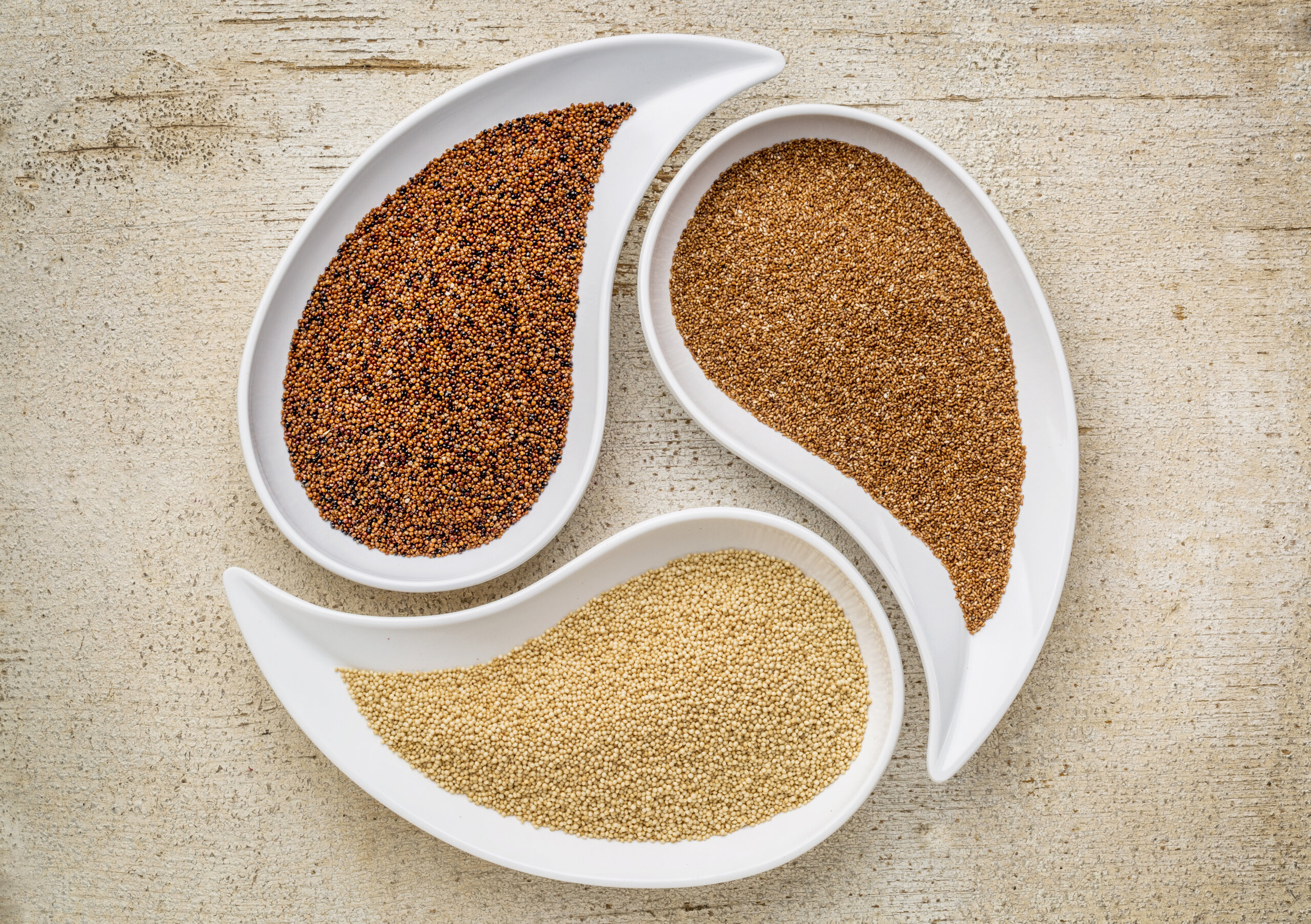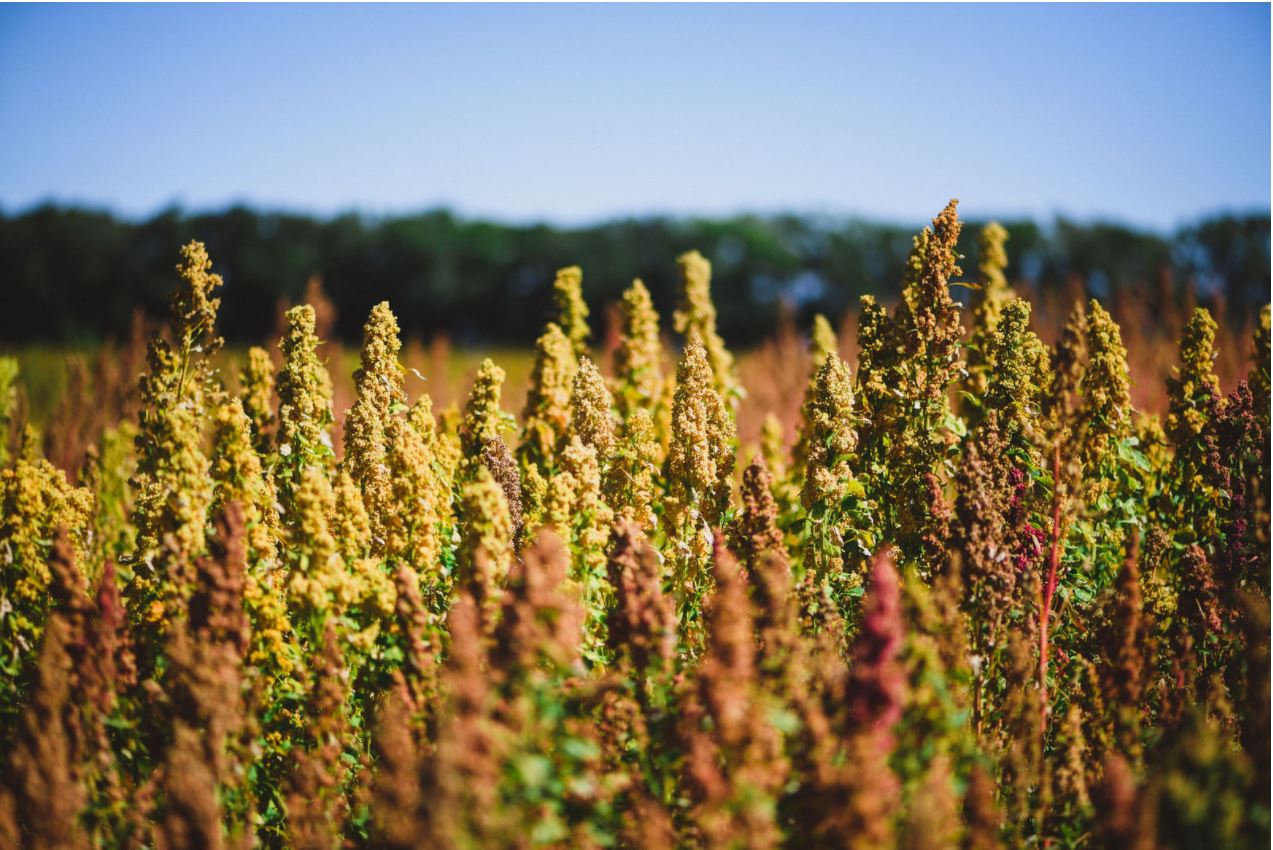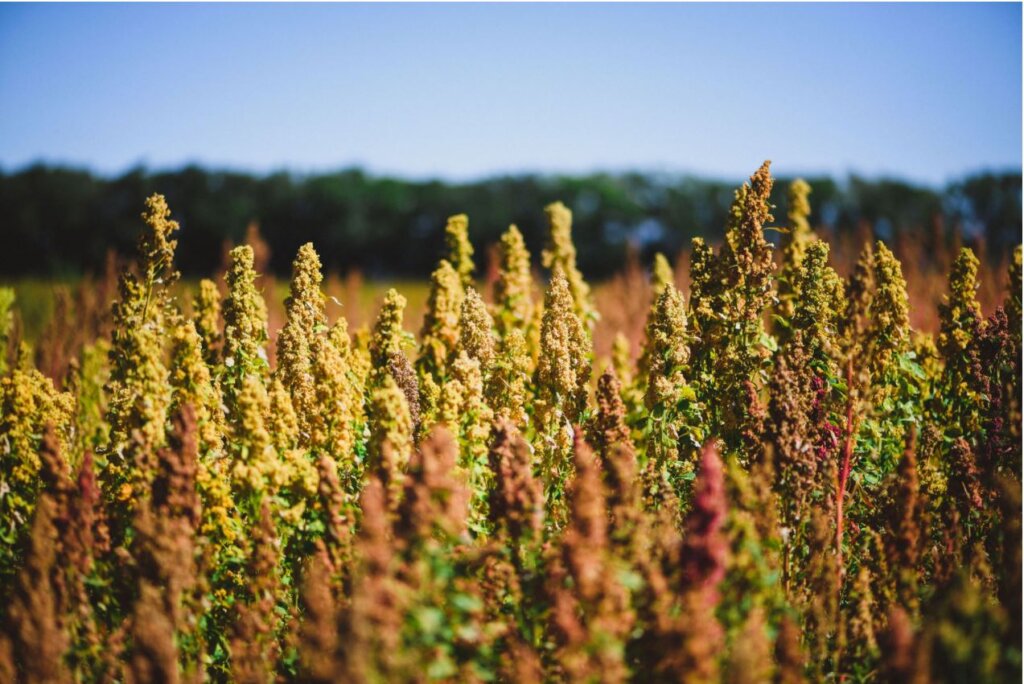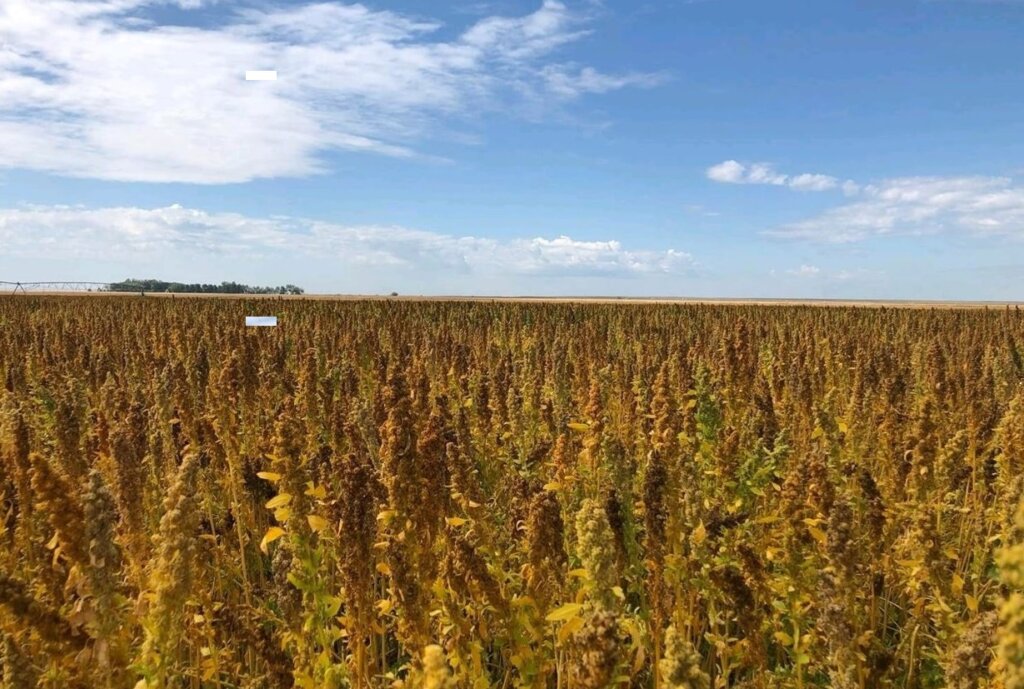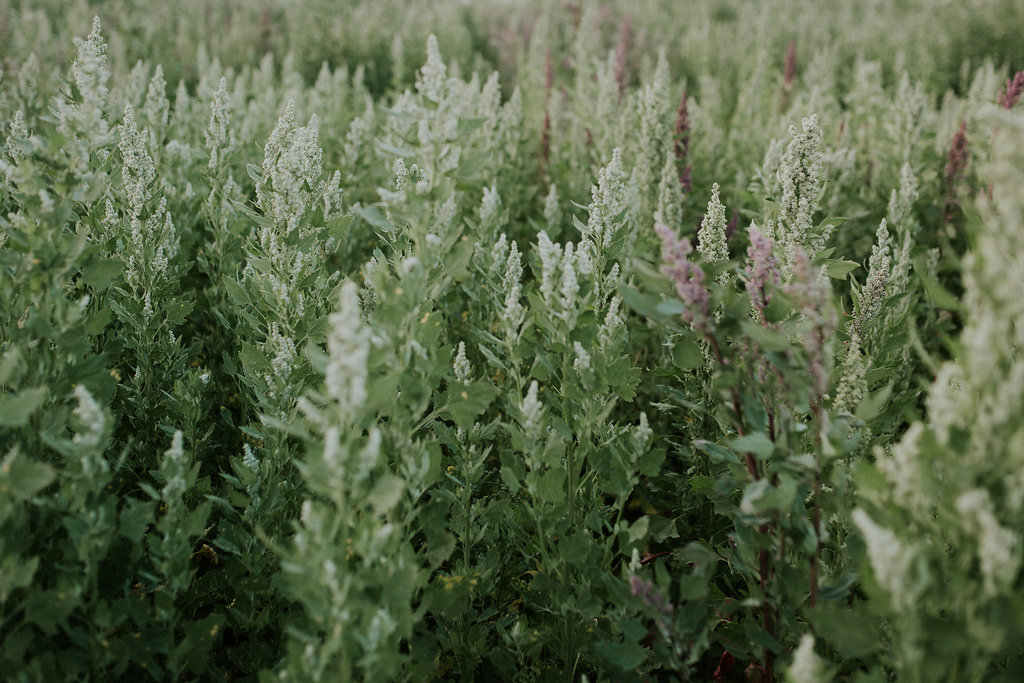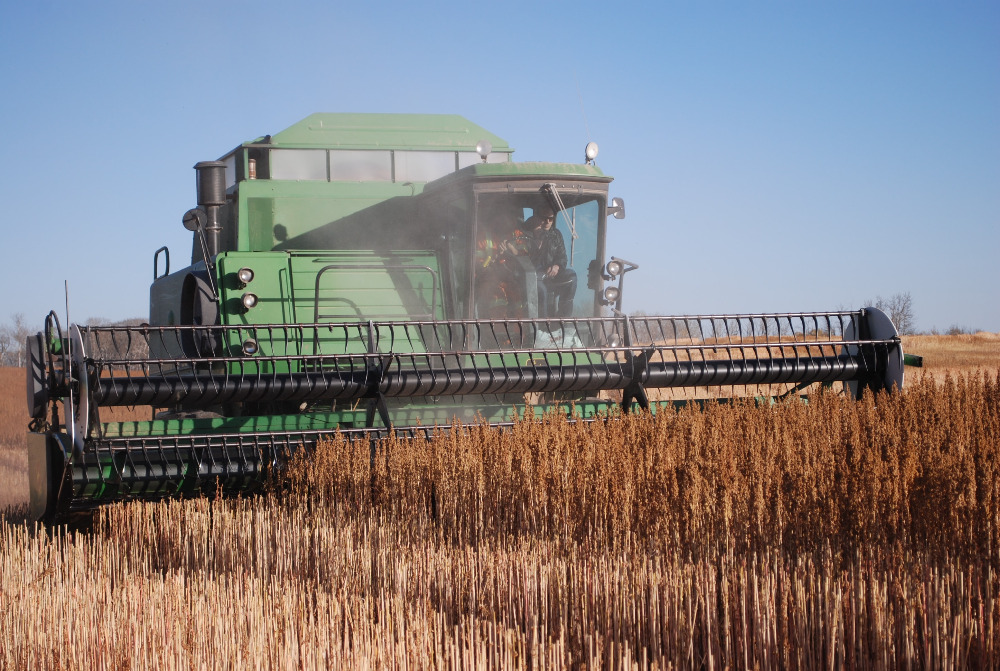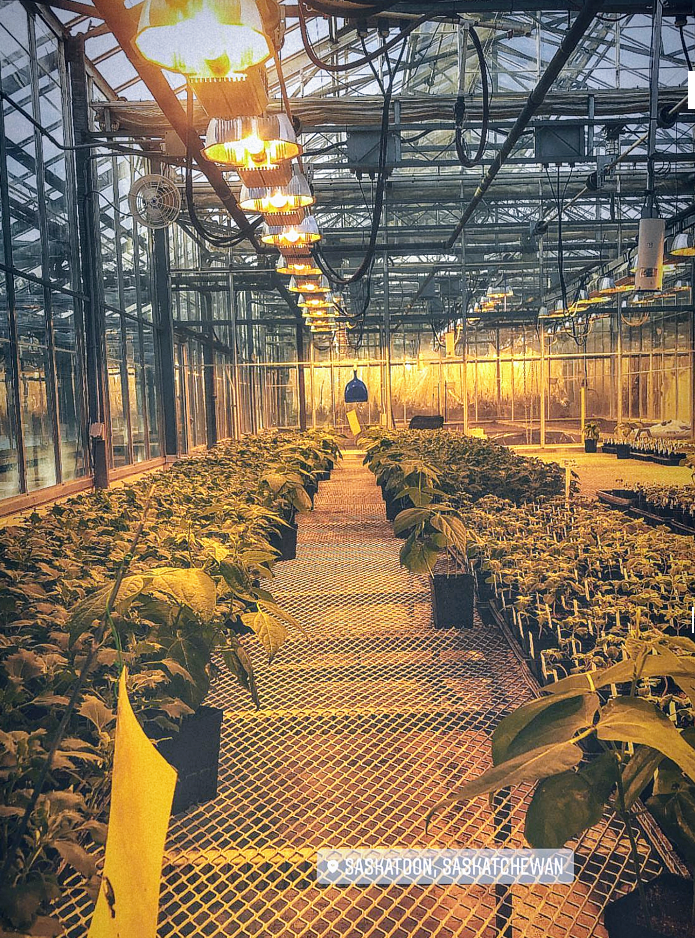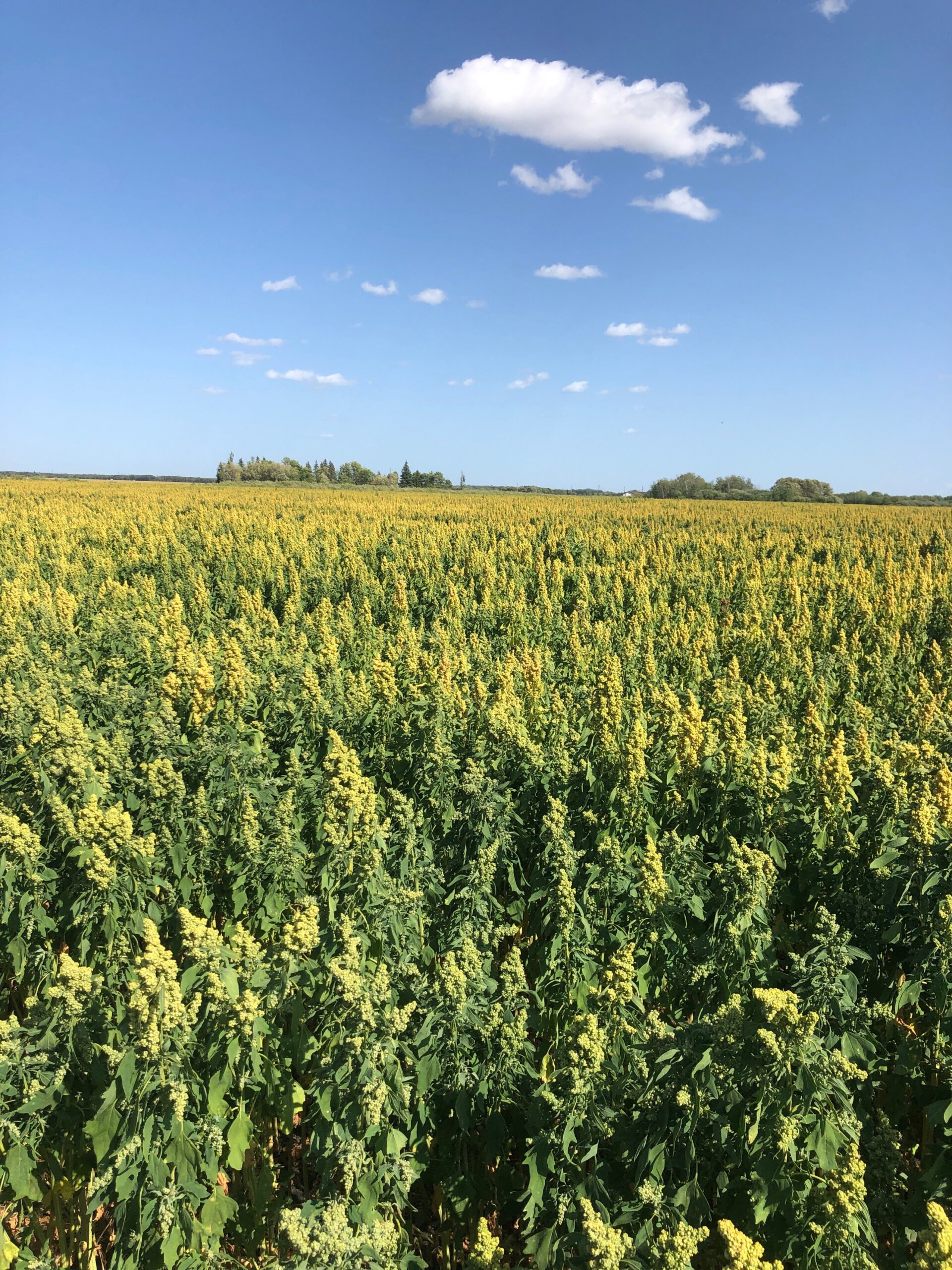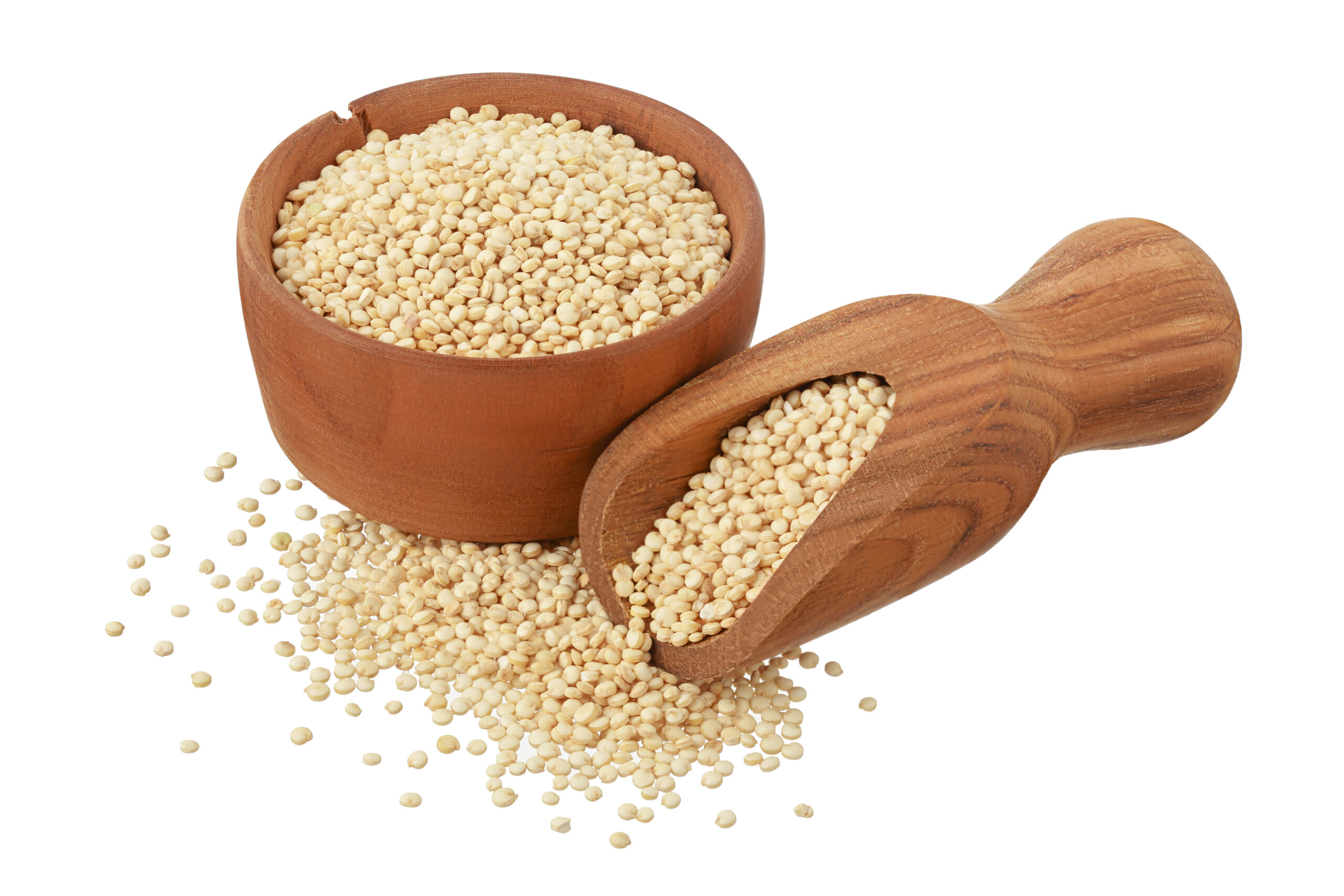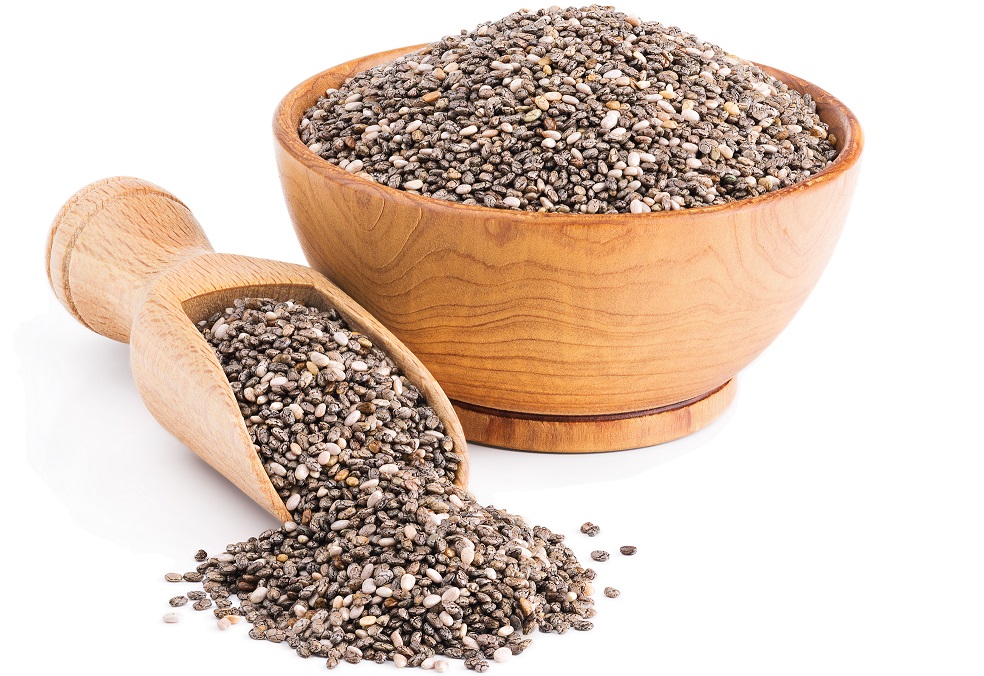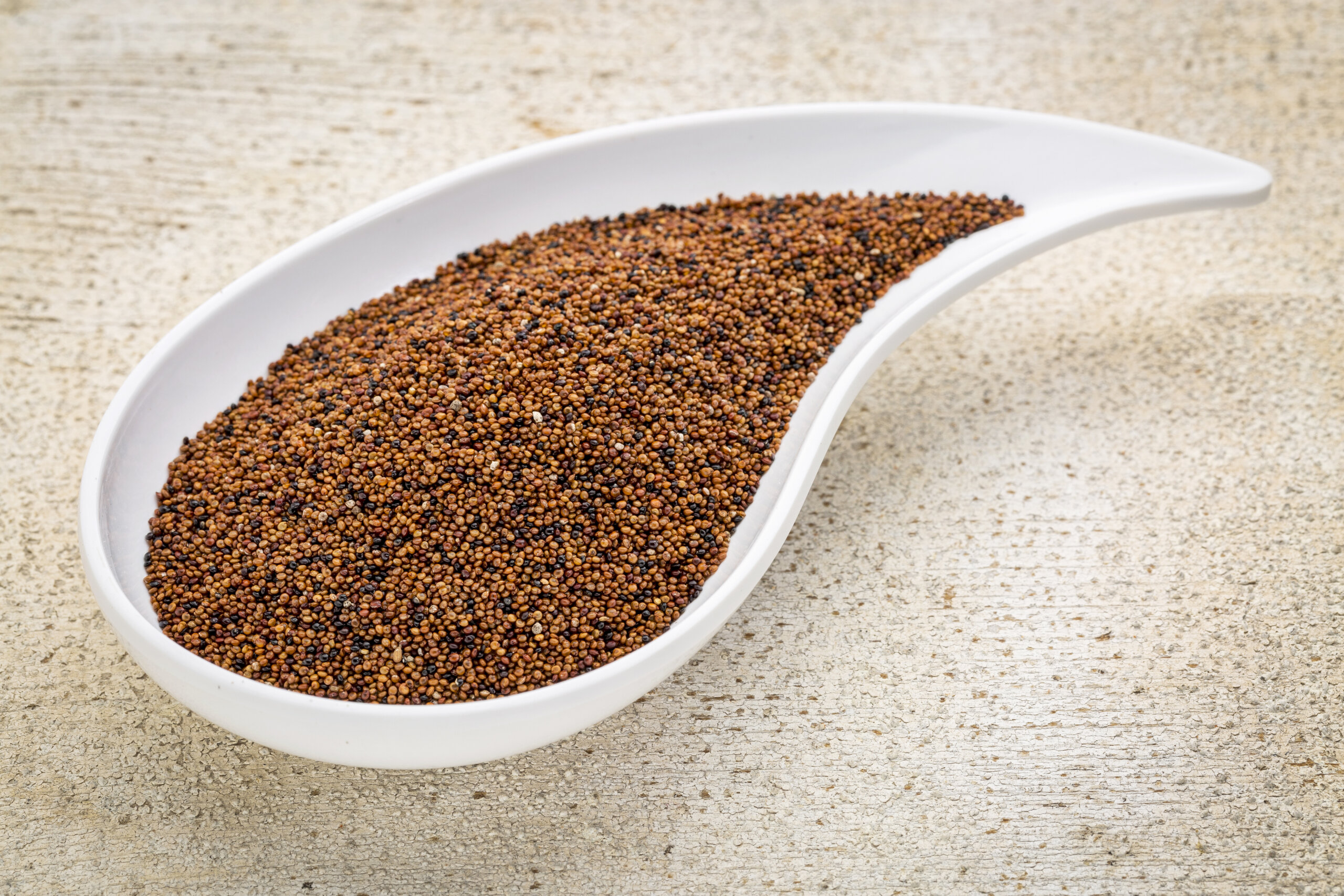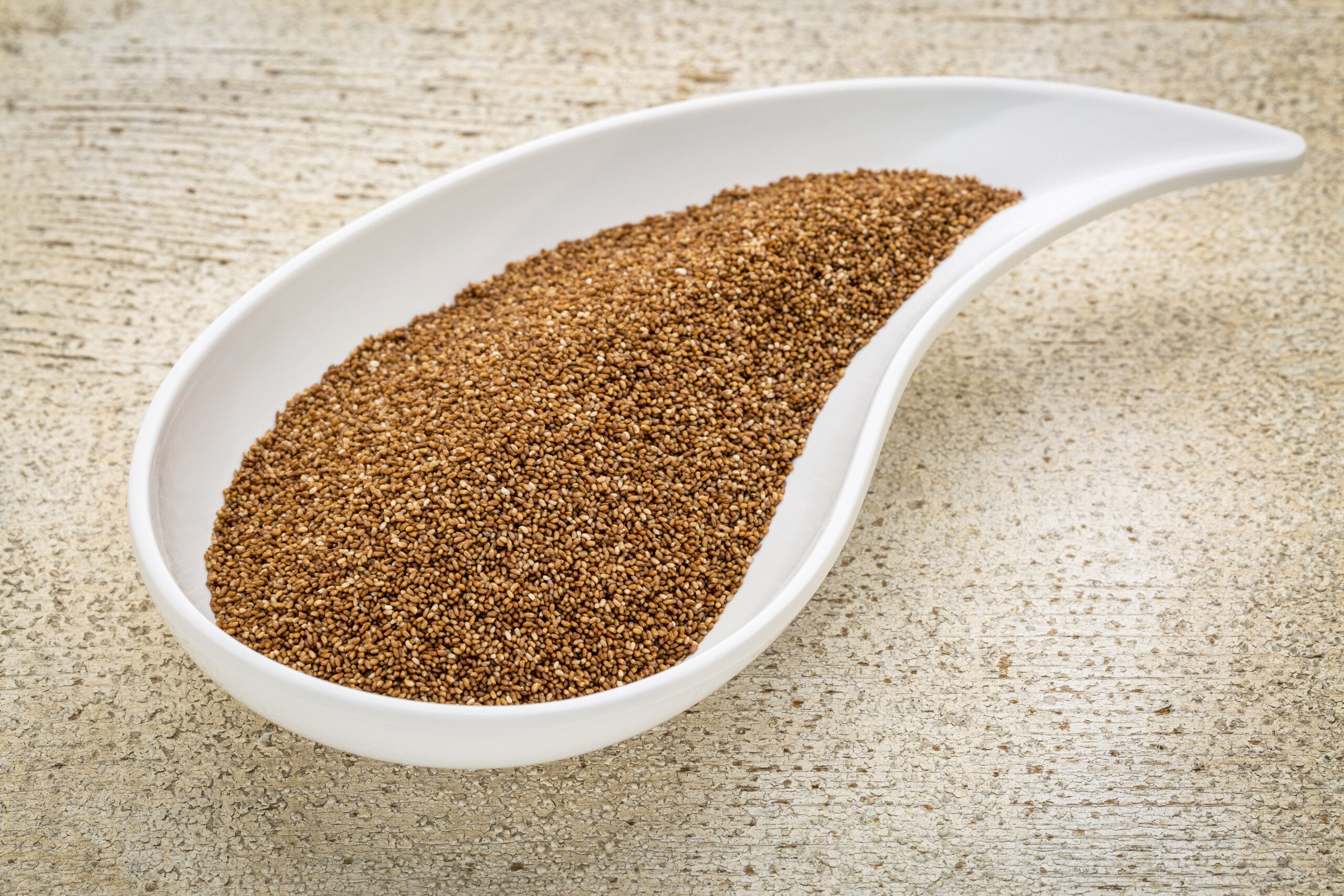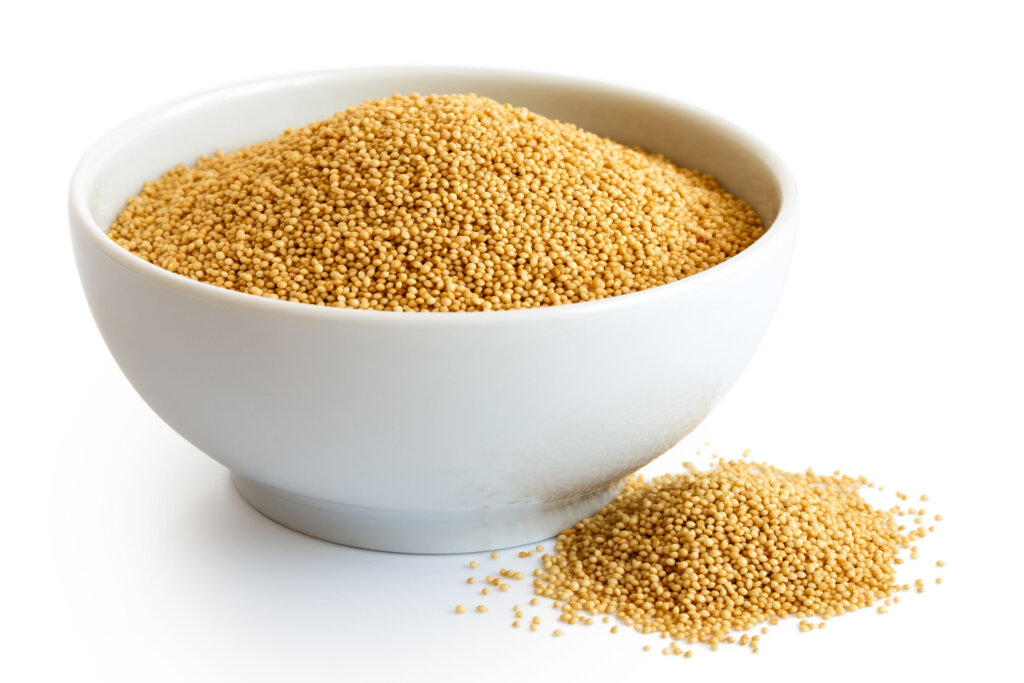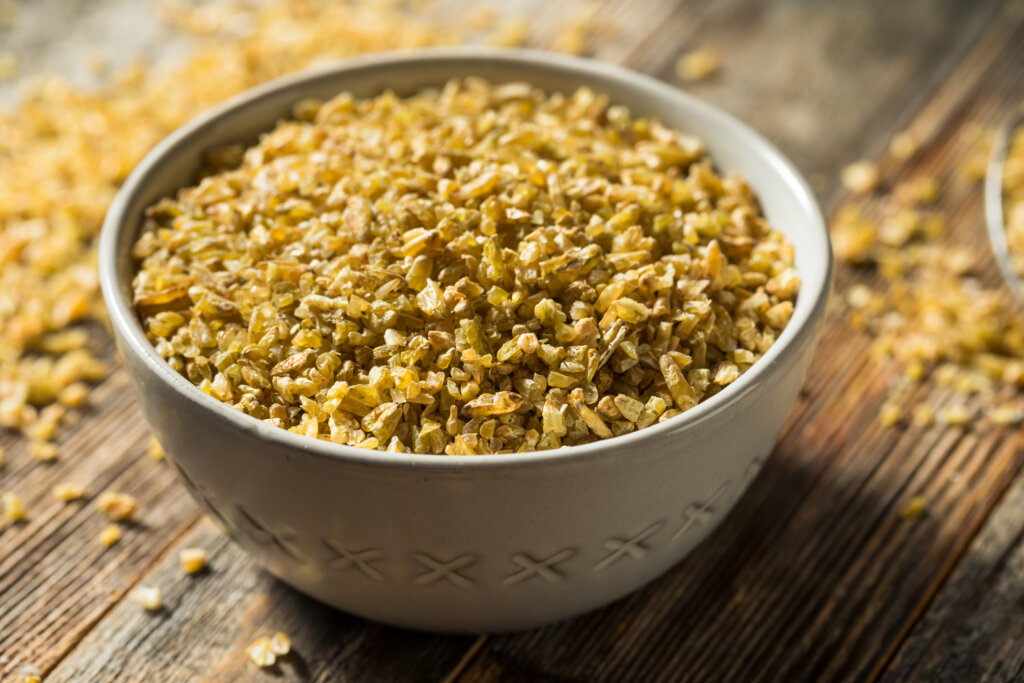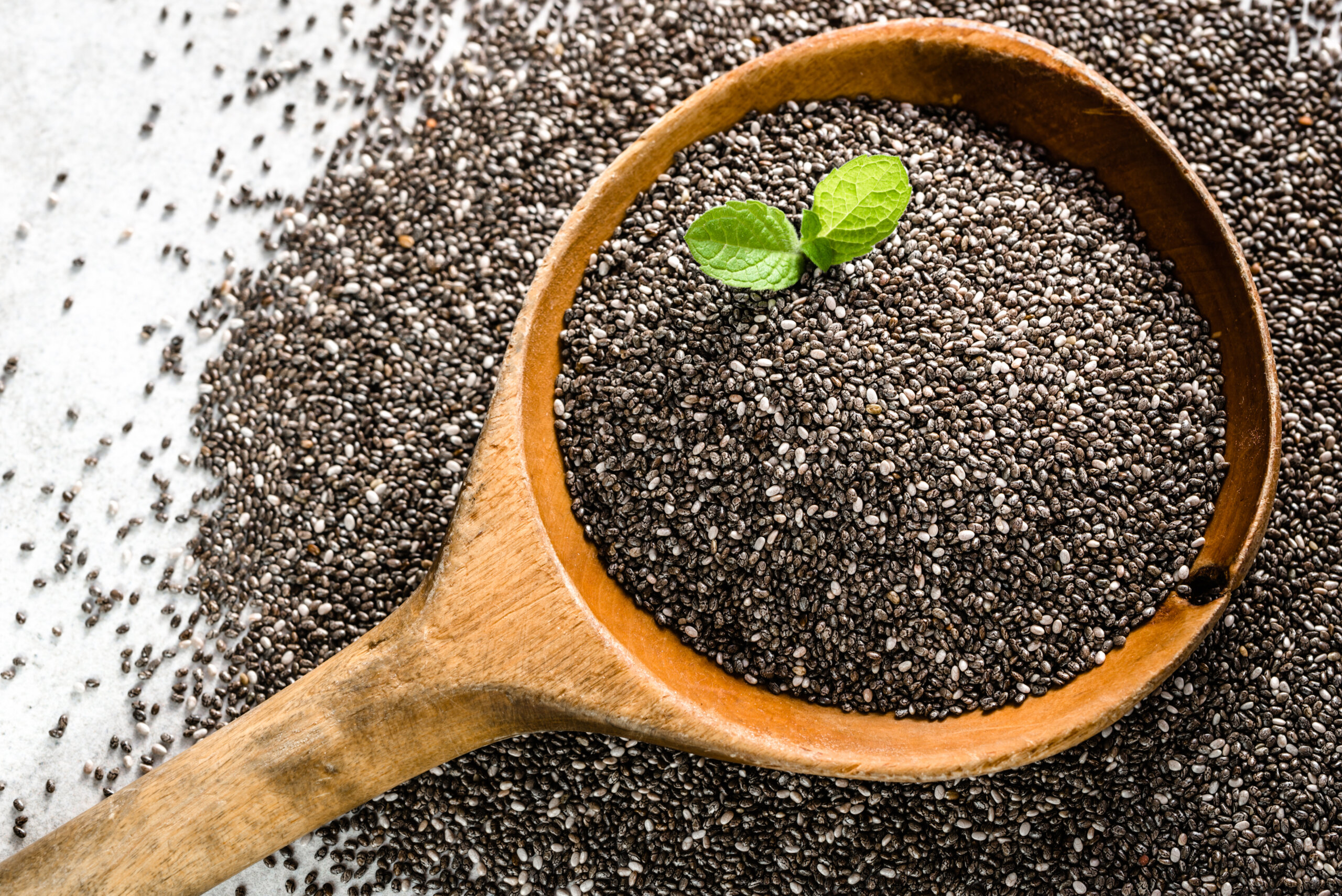https://www.stuff.co.nz/business/farming/agribusiness/123268514/swipe-right-to-pick-fruit-could-an-app-solve-mass-seasonal-worker-shortage
[su_divider top=”no” divider_color=”#726c6d” margin=”5″]
https://www.newshub.co.nz/home/rural/2020/11/horticulture-sector-left-out-in-the-cold-with-foreign-workers-unable-to-enter-new-zealand.html
[su_divider top=”no” divider_color=”#726c6d” margin=”5″]
https://www.stuff.co.nz/business/farming/300148838/a-good-spring-rain-after-dry-october-marvellous-for-marlborough-farmers
[su_divider top=”no” divider_color=”#726c6d” margin=”5″]
https://www.newshub.co.nz/home/rural/2020/11/ministry-investigates-threat-of-potato-dumping.html
[su_divider top=”no” divider_color=”#726c6d” margin=”5″]
https://www.stuff.co.nz/business/123231686/more-waikato-farmers-wanted-to-switch-codes-from-bovine-to-ovine
[su_divider top=”no” divider_color=”#726c6d” margin=”5″]
Australia
https://www.farmweekly.com.au/story/7002078/australian-wheat-is-some-of-the-cheapest/?cs=5159
[su_divider top=”no” divider_color=”#726c6d” margin=”5″]
https://www.farmweekly.com.au/story/6998579/grain-survey-points-to-strong-compliance/?cs=5159
[su_divider top=”no” divider_color=”#726c6d” margin=”5″]
https://www.farmweekly.com.au/story/7002044/companies-look-at-fertiliser-combinations/?cs=5153
[su_divider top=”no” divider_color=”#726c6d” margin=”5″]
https://www.queenslandcountrylife.com.au/story/6998031/harvest-downgrading-fears-allayed/?cs=4714
[su_divider top=”no” divider_color=”#726c6d” margin=”5″]
https://www.queenslandcountrylife.com.au/story/7000928/no-official-word-on-china-wheat-ban/?cs=4714
[su_divider top=”no” divider_color=”#726c6d” margin=”5″]
[su_divider top=”no” divider_color=”#726c6d” margin=”5″]
South America
https://en.mercopress.com/2020/11/04/us-soybeans-being-loaded-in-louisiana-for-brazil
[su_divider top=”no” divider_color=”#726c6d” margin=”5″]
https://www.producereport.com/article/unifrutti-group-acquires-oranfrizer
[su_divider top=”no” divider_color=”#726c6d” margin=”5″]
https://en.mercopress.com/2020/11/03/brazil-launches-network-on-artificial-intelligence-applied-to-the-auto-industry-and-agribusiness-sectors
[su_divider top=”no” divider_color=”#726c6d” margin=”5″]
https://anba.com.br/en/brf-gets-its-poultry-farming-quality-certification-renewed/
[su_divider top=”no” divider_color=”#726c6d” margin=”5″]
[su_divider top=”no” divider_color=”#726c6d” margin=”5″]
Food Updates
https://www.farmweekly.com.au/story/6986929/tech-to-predict-peach-readiness-sweet/?cs=5161
[su_divider top=”no” divider_color=”#726c6d” margin=”5″]
https://www.farmonline.com.au/story/7000512/powders-purees-deliver-nutrition-boost-reduce-wastage/?cs=4715
[su_divider top=”no” divider_color=”#726c6d” margin=”5″]
Poultry: higher welfare is a crucial piece of the antibiotics puzzle
[su_divider top=”no” divider_color=”#726c6d” margin=”5″]
The cure for a sweet tooth? Scientists study food preferences
[su_divider top=”no” divider_color=”#726c6d” margin=”5″]
https://www.farmweekly.com.au/story/6999063/pandemic-reduces-thirst-for-beer-orders/?cs=5159
[su_divider top=”no” divider_color=”#726c6d” margin=”5″]
[su_divider top=”no” divider_color=”#726c6d” margin=”5″]





